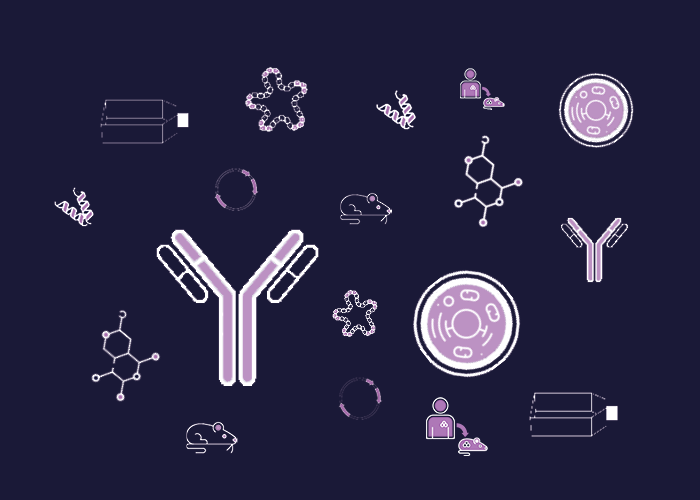
Cat. #153415
Mdr1a/b-Bcrp Knock Out Mouse
Cat. #: 153415
Sub-type: Mouse
Availability: 8-10 weeks
Model: Conditional KO
This fee is applicable only for non-profit organisations. If you are a for-profit organisation or a researcher working on commercially-sponsored academic research, you will need to contact our licensing team for a commercial use license.
Contributor
Inventor: Alfred Schinkel
Institute: Netherlands Cancer Institute
Tool Details
*FOR RESEARCH USE ONLY (for other uses, please contact the licensing team)
- Tool name: Mdr1a/b-Bcrp Knock Out Mouse
- Alternate name: p-glycoprotein 1, permeability glycoprotein 1, P-gp, pgp, MDR1, ABCB1, CD243 p-glycoprotein 3, BCRP/ABCG2, ATP-binding cassette sub-family G member 2, CDw338,
- Research fields: Cancer;Drug development
- Tool sub type: Mouse
- Model: Conditional KO
- Conditional: Yes
- Description: P-gp, a member of the MDR/TAP subfamily, is a glycoprotein encoded in humans by the ABCB1 gene. P-gp is a well-characterized ABC-transporter responsible for transporting a wide variety of substrates across extra- and intracellular membranes.The normal excretion of xenobiotics back into the gut lumen by P-gp pharmacokinetically reduces the efficacy of some pharmaceutical drugs and in addition, some cancer cells also express large amounts of P-gp which can further enhance that effect. This makes some cancers multi-drug resistant.
- Application: Useful in studies of drug transport, oral bioavailability and multi-drug resistance
- Genetic background: This model was generated by breeding the Mdr1a/b mutated mouse with the Bcrp mutated mouse. The Mdr1a/b model was created by sequential targeting of the two Abcb1a and Abcb1b genes in E14 ES cells. Resultant chimeras were backcrossed to FVB/N for seven generations. The Bcrp model was created by targeting the Abcg2 gene in E14 embryonic stem cells derived from 129P2/OlaHsd mice and injecting the targeted cells into FVB blastocysts.
- Phenotype: Albino
- Zygosity: Homozygous for all three mutations.Wild type for Nnt mutation; carries Pde6brd1 mutation
- Production details: This model was generated by breeding the Mdr1a/b mutated mouse with the Bcrp mutated mouse. The Mdr1a/b model was created by sequential targeting of the two Abcb1a and Abcb1b genes in E14 ES cells. Resultant chimeras were backcrossed to FVB/N for seven generations. The Bcrp model was created by targeting the Abcg2 gene in E14 embryonic stem cells derived from 129P2/OlaHsd mice and injecting the targeted cells into FVB blastocysts.
- Additional notes: The Mdr1a/b-Bcrp mouse was developed in the laboratory of Alfred Schinkel of the Netherlands Cancer Institute. Useful in studies of drug transport, oral bioavailability and multi-drug resistance
Handling
- Shipping conditions: Embryo/Spermatoza- Dry Ice
Target Details
- Target: This model encodes a triple targeted mutation with disruption of the multi-drug resistance genes Abcb1a, Abcb1b and Abcg2.
Application Details
- Application: Useful in studies of drug transport, oral bioavailability and multi-drug resistance
Related Tools
- Related tools: Mrp2 Knock Out Mouse
References
- Jonker et al. 2005. Stem Cells. 23(8):1059-65. PMID: 16002779.
- Contribution of the ABC transporters Bcrp1 and Mdr1a/1b to the side population phenotype in mammary gland and bone marrow of mice.




